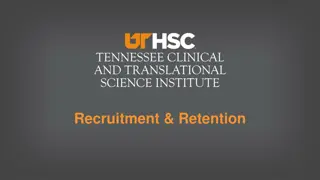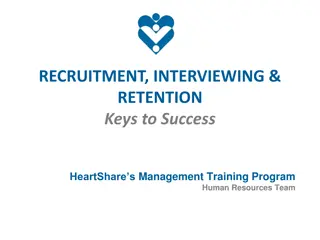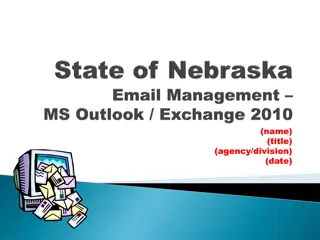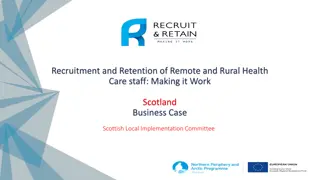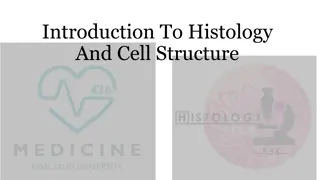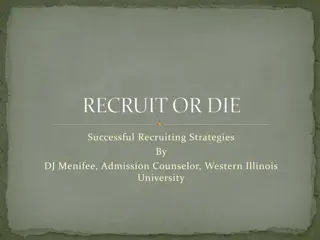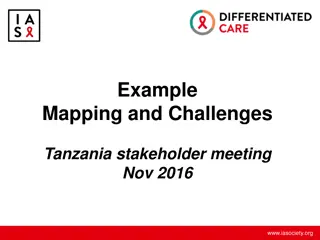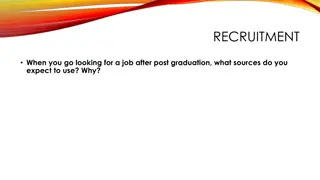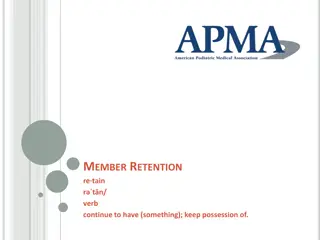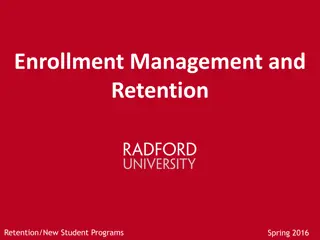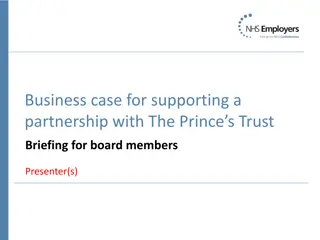Challenges Faced in Histology Workforce Recruitment and Retention
Shelly Semerad, MA, CT (ASCP), faced challenges in recruiting and retaining histology personnel, leading to overnight positions remaining unfilled for months. Despite standard recruitment efforts and revised offerings, the shortage persisted. The team learned the importance of competitive compensation, flexible hours, and internal training programs to attract and retain qualified staff.
Download Presentation

Please find below an Image/Link to download the presentation.
The content on the website is provided AS IS for your information and personal use only. It may not be sold, licensed, or shared on other websites without obtaining consent from the author. Download presentation by click this link. If you encounter any issues during the download, it is possible that the publisher has removed the file from their server.
E N D
Presentation Transcript
Case Study: Histology Personnel Shortage Shelly Semerad, MA CT (ASCP) Director, Pathology Practice at HealthPartners
A 2017 Case Study Timeline February 2017; overnight Histotech resigns for a Day shift position at another organization April 2017; evening/night Histotech resigns for a day position at another organization Standard recruitment efforts begin immediately. Postings on LinkedIn, Hospital website, NSH Candidates slow to present; those who did present did not meet our minimum job requirements.
Case Study Continued May 2017; little to no movement in the candidate pool. Reassessed market and other offerings Recognition bonus for existing staff Employee referral bonus Revised job postings to include; Sign on bonus Retention Stipend (night shift only) Evening/night position filled 5.18.17 Official start date July 2017. Overnight position remains open
Case Study Continued Sept. 2017; Overnight position continues to struggle Decided to go back to the team and Uberize our offering one last time. Transitioned our night shift to 4/10 s. Immediately upon updating the posting, 4 qualified, experienced candidates appeared. As of today; our open night position is still open; 8 months later.
Questions we asked? What s going on? Is everyone experiencing these shortages? How many trained board eligible graduates are we gaining each year? How does this compare to 2, 3, 4, or 5 years ago? Do we need to start our own training program? Do we really need a trained HT? Can we settle for meeting our minimum education requirements and OJT? Are we being too picky? How long will this staffing shortage continue and is the only fix robbing Peter to pay Paul ?
What we learned Nobody likes working nights. Having a market competitive hourly wage and good benefit package wasn t enough. Others already had additional compensation stipends in place, we were behind our market. Candidates wanted more, including flexible hours. We need a plan to internally train our own future team. Need to strongly consider an educational partnership so the risk and talent to train future staff is shared. Play to our strengths; networking, using current employees as recruitment arms, and leveraging our community as a desired place to live.
Summary The Histology workforce locally, and regionally is scarce, and growth in trained professionals looks bleak. Trends of continued changes in reimbursement, cost pressures and system integration will play on our ability to remain agile and support training and education. Human capital needs are changing. We still require people, not machines in Histology.


